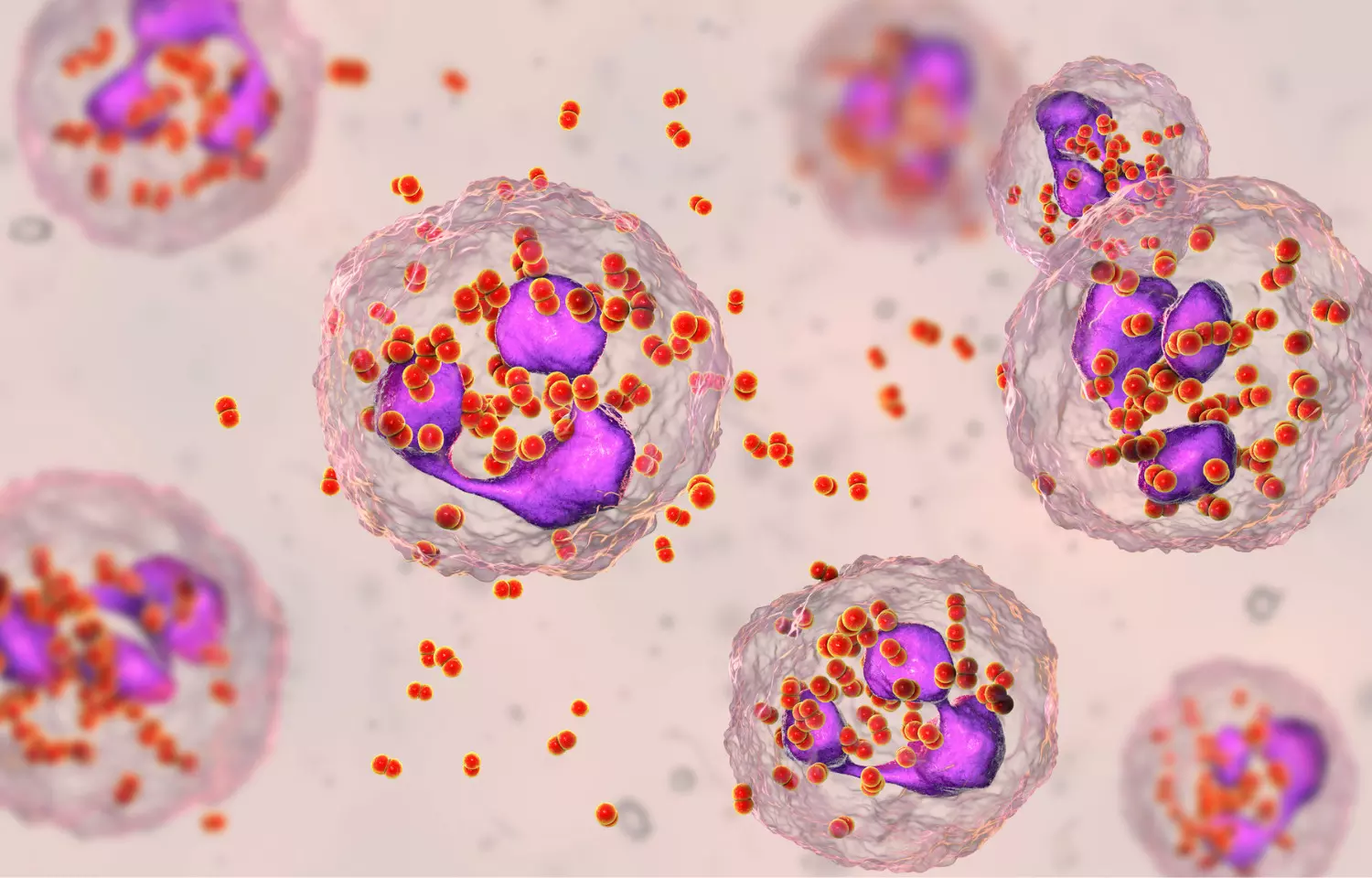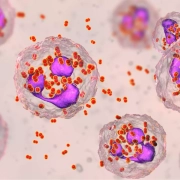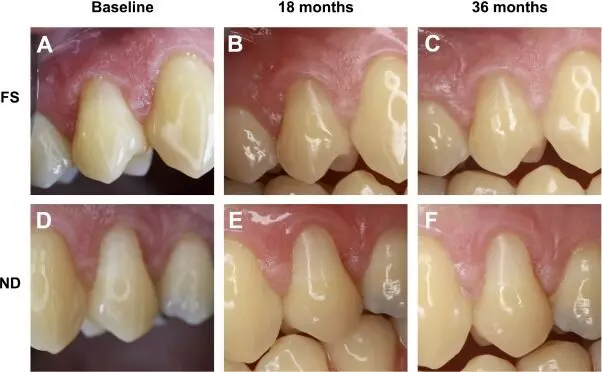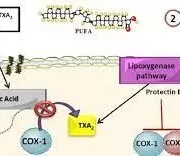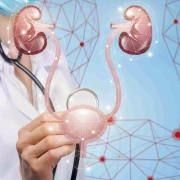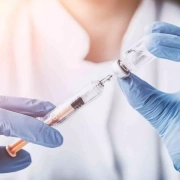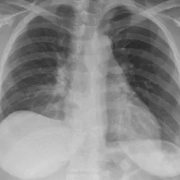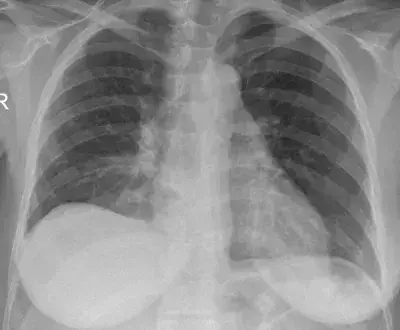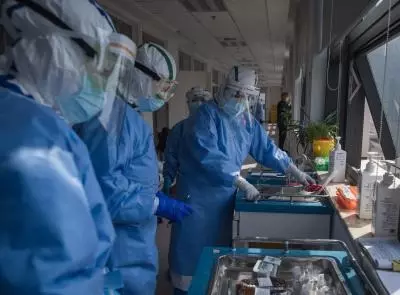
Testing for tumour DNA in the blood can successfully identify advanced bladder cancer patients who will not relapse following surgery, new research shows.
This could allow doctors to target treatments more effectively to those who need it, and spare those patients for whom further treatment is unnecessary, researchers say.
The findings from the screening phase of the IMvigor011 Phase III trial are presented today [Friday 5 April] at the European Association of Urology Congress in Paris.
They show that just over 90% of muscle invasive bladder cancer (MIBC) patients with a negative circulating DNA (ctDNA) test following surgery, which remained negative on follow up, did not relapse. The findings mean that use of a ctDNA test could allow some patients to be spared further treatment with minimal risk.
MIBC is an advanced form of bladder cancer, where the tumour has spread into the bladder wall. The disease is usually treated by surgery to remove the bladder. Around half of patients see cancer return, often in the lungs and usually within two-to-three years. All patients are currently offered follow-up treatment such as chemotherapy or immunotherapy to prevent recurrence, for which the side effects can be serious and lifechanging.
Other Phase III trial results, also presented at the EAU Congress today, show that patients given immunotherapy, nivolumab, as a follow up to surgery have an average survival of nearly six years, compared to four for patients on placebo.
The CheckMate 274 trial has already shown that nivolumab can reduce recurrence of disease, but these interim results are the first to show the potential benefit in overall survival for MIBC patients.
Joost Boormans, Professor of Urology at Erasmus University Medical Centre in Rotterdam, and member of the EAU Scientific Congress Office, is chairing the session where both trials will present their findings. He said:
“Although we already knew that nivolumab improved disease-free survival in MIUC patients who received radical surgery, overall survival is what really matters following local treatment, such as radical surgery. These interim findings, which show that overall survival also improves, are very encouraging, particularly as this hasn’t been the case in other recent immunotherapy trials.
“The question for regulators and healthcare authorities is whether the improvement in overall survival is enough to justify licensing or prescribing the drug for all patients, in the knowledge that some of these patients would have been cured of their cancer by surgery alone. This is where the findings from the IMvigor011 trial could really make a difference, by allowing us to select patients at highest risk who will benefit the most from treatment while sparing others for whom it isn’t needed.
“At a time when healthcare resources are under pressure, this kind of innovation is really needed.”
IMvigor011
IMvigor011 is a global, double-blind, randomised Phase III trial looking at the efficacy of the immunotherapy atezolizumab vs placebo in patients with high-risk MIBC.
The trial is recruiting MIBC patients post-surgery and testing their blood for circulating tumour DNA. Those with a positive ctDNA result are randomised to receive either atezolizumab or placebo. Those with a negative result are given no further treatment, but were followed up with scans and further ctDNA tests for up to two years. For the analysis presented at the EAU Congress today, 171 patients with a negative ctDNA test were included, with follow up continuing on a further 115.
Just 17 patients of the 171 patients (9.9%) saw their cancer return within two years. These outcomes were irrespective of the stage their tumour was at or whether it showed elevated levels of PD-L1, a protein biomarker that plays a role in cancer.
Professor Thomas Powles of Barts Cancer Institute leads the IMvigor011 trial. He said: “These results are even better than we were hoping. The risk of relapse in this ctDNA group of patients is just 1 in 10. It appears this test can effectively filter patients into two groups: those who are likely to relapse and those at much lower risk. Focusing treatment on those at risk and sparing the very low risk group potentially life-altering treatment-related side effects is attractive. Hopefully these data will allow patients to remain treatment free with the reassurance they need, that they’re unlikely to see their cancer return.”
The study is sponsored by F. Hoffmann-La Roche Ltd.
CheckMate 274
CheckMate 274 is a global, Phase III, randomised, double-blind trial of nivolumab vs placebo in high-risk MIBC after surgery.
The trial recruited just over 700 patients, with half given nivolumab and the other half given a placebo every two weeks for 12 months following an operation to remove the bladder. Patients were also tested to see if their cancer had elevated levels of the biomarker PD-L1, which nivolumab specifically targets.
The trial has already reported positive results in preventing recurrence, particularly for PD-L1 patients. Across all patients, those on nivolumab had an average of 22 months before recurrence, compared to 10 months for those on placebo. However, of the PD-L1 group, those on nivolumab had an average of over four years without recurrence, compared to just over eight months for those on placebo.
The latest results, although still early stage, show a similar benefit in overall survival. For all patients, those on nivolumab survive on average for nearly six years (69.5 months) compared to just over four years (50.1 months) for those on placebo. The researchers do not yet have enough follow-up data to separate out the PD-L1 patients, but the analysis so far shows that overall survival is likely to also be even better for this group when treated with nivolumab versus placebo.
Professor Matthew Galsky from the Tisch Cancer Institute, Icahn School of Medicine at Mount Sinai in New York, leads the CheckMate 274 trial. He said: “We know that patients with high-risk urothelial cancer are at highest risk for recurrence within the first three years after surgery. We’ve now followed a substantial subset of patients for longer than that on this study without recurrence. It looks as if the improvement in disease free survival is ultimately going to translate into improvement in overall survival. And that’s for all patients, but particularly patients with the PD-L1 biomarker. Our hope is that this improvement will then translate into an increased likelihood of curing cancer in these patients.”
Reference:
Bladder cancer treatment can be better targeted and more effective, trials show, European Association of Urology, Meeting: EAU24 European Association of Urology Congress.
